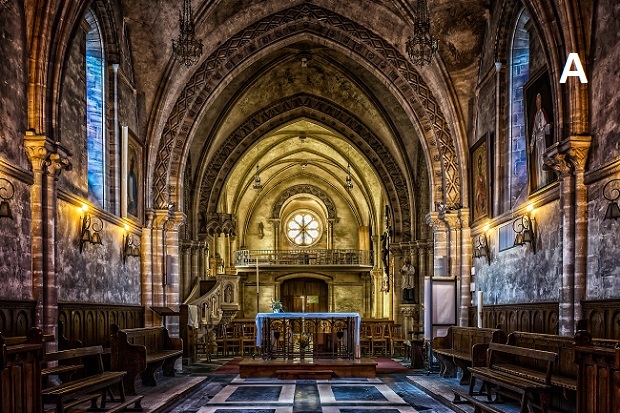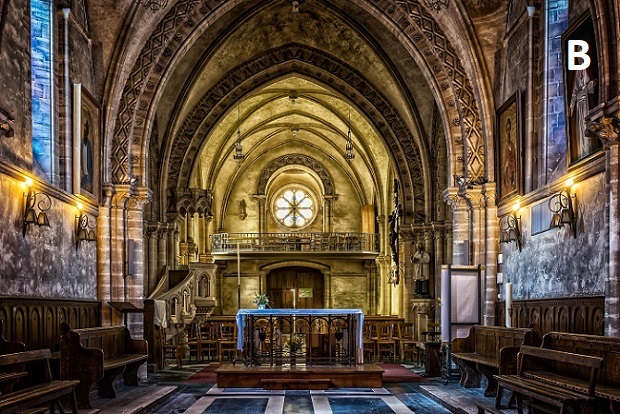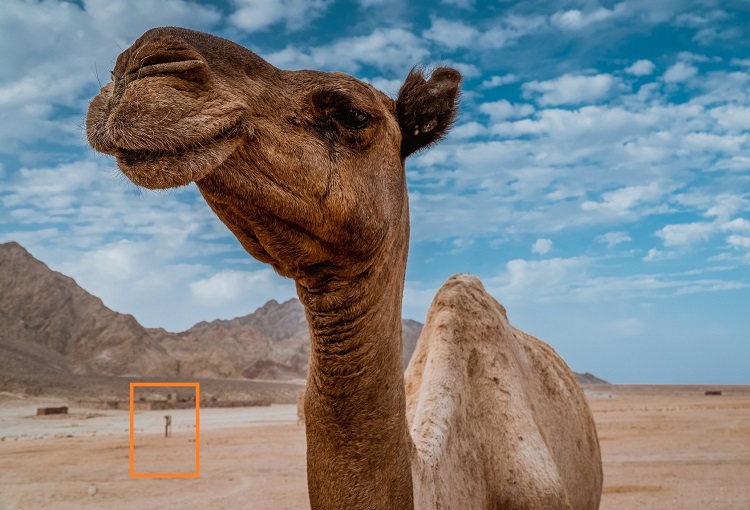The general knowledge of the camera lens is very useful for every professional and beginner photographers. Here I would like to give a brief introduction to the most useful type of camera lens.
A wide angle lens had been supported to make stunning photographs all around the world. Let’s start from the zero levels.
What is a wide angle lens?

According to the photography language, wide angle lenses can introduce as the lenses which have a short focal length and a wide field of view.
Therefore wide angle lenses are beneficial to capture large areas inside of one photo frame.
Photographers can insert more details and information in the background of each image. Then wide angle lenses can play a significant role in landscape photography and travel photography.
Normally, the Wide angle lens out is very similar to naked eye viewing. But if you get closer to capturing objects, you can get reduce the effect of background by highlighting the object than the background.
There two types of wide angle lenses are available in the market.
- Prime wide angle lens – Approximately similar to the naked human eye, and you can take perfect sharp edges in your photographs.
- Zoom wide angle lens – You can capture far away object with a nice background.
Focal Length of wide angle lens

According to the theory, wide angle lenses have low focal length values. Typically wide angle lenses should have less than 35 mm focal length value.
Wide angle lenses have a subcategory called “Ultra-Wide Angle Lens,” which have a very low value of focal length. Ultra-wide angle lenses have a focal length value less than 24 mm as well as those lenses have an extremely large field of view.
Therefore ultra-wide angle lens is famous as the “fisheye” camera lens.
Reputed camera lens manufacturers are producing the standard size wide angle lenses with 35mm, 28mm, 24mm, 21mm, 17mm, and 14mm focal lengths.
But some manufacturers are producing beyond the 14mm focal length for particular purposes.
Effect of the camera sensor
Different types of DSLR cameras have different sizes of camera sensors. Camera sensor size is directly affected by the out of a wide field of view photographs’ output.


As an example, we can get the above landscape photographs. This photographs were taken by “Nikon D3300” camera with 24.0-120.0 mm f/4.0 lens. Camera configurations are 24mm focal length, ƒ8.0 aperture, 2/1s shutter speed, and 100 ISO level.
A – Image is representing the large camera sensor output
B – Image is representing the smaller camera sensor output
Therefore you can clearly identify the effect of camera sensor size for the field of view in any wide angle photograph.
Effect of object orientation to wide angle lens outputs
1. Distance to the object
When you are using wide angle lens, you should maintain a short distance between you and your object.
Because of that wide angle lenses are always trying to capture a wide field of view. If you maintain a larger distance to your target object, that object will be a small part of a photo background.
You never be able to highlight or focus your target object. Therefore you have to go very closer to your target object.


This camera photograph was captured by using “Sony – E PZ 18-105mm F4 G OSS” wide angle lens with 23.0mm focal length, ƒ/9.0 aperture, 1/100s shutter speed, and ISO 100 value.
According to this photograph closer, the camel is the main object, and you can see another camel stands far away from the camera. That camel sees as a part of the background and camera aperture was detected as a non-focused, blurred background.
2. Distortion of wide angle lens

Basically, wide angle lenses are giving a high priority for a large background. Therefore you cannot focus your target image as much as a shaper to highlight from the background.
Simultaneously, you try to go closer to your target object, edges of the photo frame produce the bit of oval appearance.
As an example, you can take the above image. It was taken by the “Canon EOS 600d” DSLR camera. 10.0mm focal length, ƒ/3.5 aperture value, 1/200s shutter speed, and 200 ISO value. Here object to camera distance is around 15cm.
Therefore wide angle lenses may produce considerably height distortion rate in object-oriented photography.
3. Depth of field in wide angle lens

This photograph is a good example to describe the depth of the field in wide angle lens. This photograph was captured by “Sony Ilce-7m3” camera with a 14mm/F2.8 focal length lens; the aperture value is ƒ/4.0, shutter speed 1/160s, and 250 ISO value.
According to the wide field of view, wide angle lenses have a good depth of field. It is very useful for quality photographing scenes.
Controlling of the depth of field is the only method of producing subjected focused photographs from the wide angle lenses. Here you can make blurred background photographs for highlighting the target subject.
How to correct the light variation of a wide angle lens?

This image was captured by “Canon EOS 760d” camera with “Tokina AT-X 116 PRO DX II 11-16mm F2” wide angle lens.
Typically wide angle lens is used to capture a large area of the appearance. There are different lighting levels in different areas.
You can see there are different light levels in the sky and ground area. When you are photographing, it is tough to light balance for both areas nicely.
Therefore you should use “Natural Density Filter” to solve this light variation issue. ND filter will help to balance the light level in the entire photo frame as well as will help to enhance the color of the final output photograph.






















